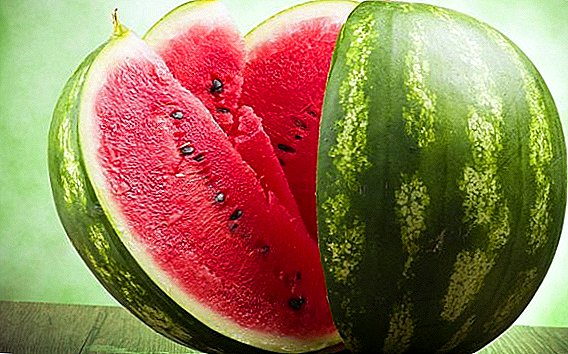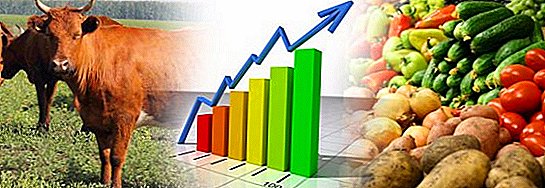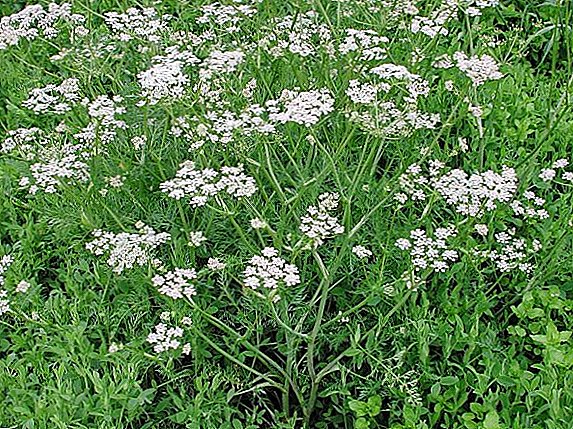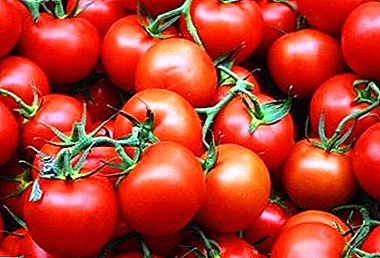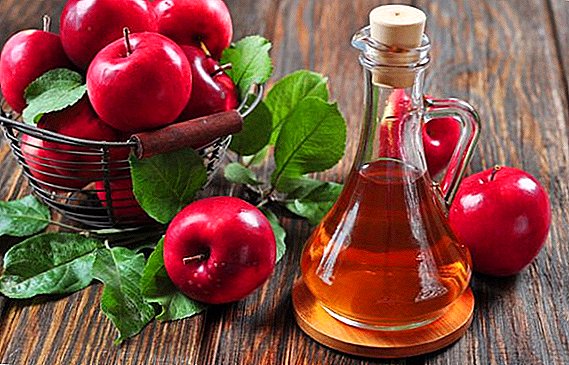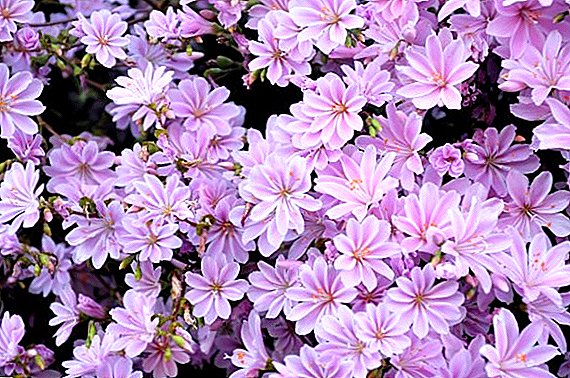 The discovery of Levisa was due to Captain Meribezer Lewis during his expedition to cross America from the Atlantic to the Pacific. In this article we will look at what kind of plant it is, its varieties and features of cultivation.
The discovery of Levisa was due to Captain Meribezer Lewis during his expedition to cross America from the Atlantic to the Pacific. In this article we will look at what kind of plant it is, its varieties and features of cultivation.
Botanical description
Lévisia (Lewisia) is a dwarf perennial plant that belongs to the Montiev family. The genus includes about 20 species. The root system is branched or fusiform, less often - spherical. Stems are simple or branched. Leaves radical or stem, in sockets. Racemes paniculate, paniculate or cymose.
Herbaceous perennial flowers also include: nemesia, adonis, lunik, iberis, licoris, phlox paniculata, hibiscus herbaceous, bromeliad, and small-scalestone.
Flowers consist of 5-10 petals. Colors range from white to all shades of pink, to crimson and yellow, to orange in cultivated forms. Fruits - boxes. Most species are deciduous, some species are evergreen. 
Distribution and habitat
Lévisia is a native inhabitant of western North America. In the wild, it is not found anywhere else. It grows at altitudes of 1500-2300 m above sea level. It prefers pine forests, open mountain slopes, deserts.
Did you know? Lévizia has the status of a flower - a symbol of the state of Montana.
Popular varieties of Levisa
The most popular varieties are:
- Levisia cotyledon (thick-leaved) - the most common form, has several flowers on thick stems and wavy leaves of a paddle shape. It is an evergreen perennial, has juicy, fleshy leaves. The diameter of the rosette reaches 10 cm and the height of the peduncle is 20 cm. The color of the petals in hybrids varies from white and yellow to bright pink and red. The soil prefers drained, acidic, fertilized with fresh manure. Should be planted in shady places, does not tolerate excess moisture;

- levizi in nature, it is found only near snowy peaks in California’s Yosemite National Park. This species is characterized by low rush, barely reaches 5 cm in size. Flowers have a pale pink color, and bloom lasts from February to June. Very difficult form for cultivation;

- Levisa Tweedy has numerous white or pale pink flowers, thickened leaves. It grows up to 10 cm, likes dry and sunny places. Prefers acidic soil. Hard to cultivate. Flowering continues from April to June;
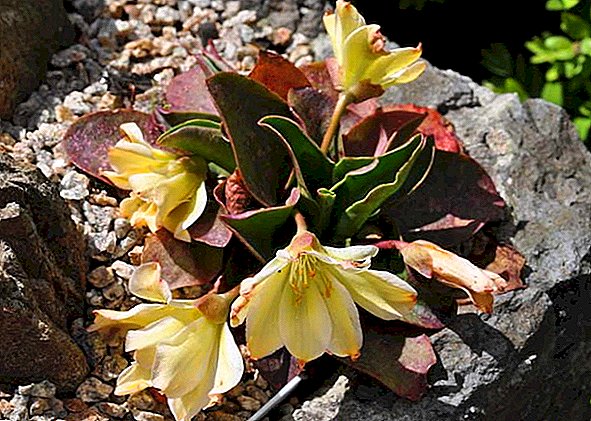
- leviziya Kongdona prefers wet conditions. Grows on peat bogs of Nevada. It grows up to 20 cm. It has ash-pink flowers with small veins. Grown only by collectors, because it is very demanding in the care;

- Levisa dwarf takes first place in endurance, but clearly loses to its kindred in colorful. It has thin leaves, similar to tongues, which die off by the end of summer. The size of the flowers barely reaches one and a half centimeters. It is easily propagated by seeds and absolutely not whimsical.
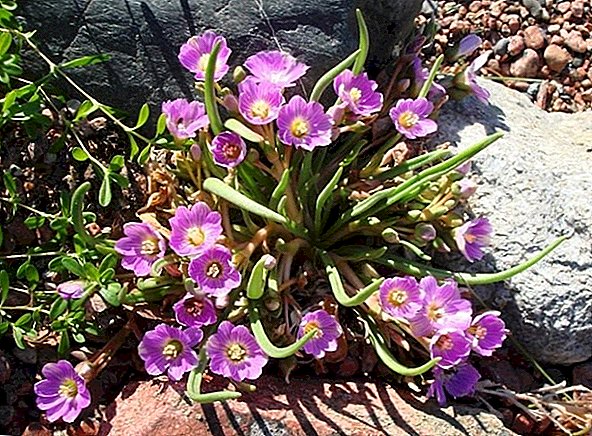
Use in landscape design
Locations of Levisa in nature suggest where it is best used in landscape design. Rock gardens and rockeries, stone niches are great places for planting this flower. The only rule that should be followed when choosing this succulent for planting your plot is sufficient soil drainage and the absence of direct sunlight.
Familiarize yourself with other shade-loving plants that can be planted in a shady area of the garden: anemone perch, lily of the valley, astrantia, crested insect, dicentrum, foxglove, liverwort, host and garden fern.
Growing and caring for plants
Lévisia is a rather peculiar flower. In order for it to please you with its flowering, it is necessary to study the characteristics of its cultivation. 
Conditions of detention
It is possible to grow this flower both in an open ground, and in pots. The method of cultivation depends on the selected species. As indicated above, Levisa does not tolerate direct sunlight, so the landing should be made on the eastern side of the garden.
Did you know? Lewisia Lewisia (Lewisia disepala) is under protection and is listed in the Red Book, it is forbidden not only to pick flowers themselves, but also to collect seeds.
When growing in pots, it is necessary to transplant in spring and autumn. In the summer, it is advisable to take the flower pots to fresh air, and in the winter to keep them in a cool place.
Soil and fertilizer
Lévisia prefers acidic or slightly acidic, well-drained, loose soil with admixture of peat, sand, limestone. Despite all this, the soil must remain nutritious. For fertilizer use crushed cow dung. 
Watering and moisture
A plant planted in open soil does not need watering. It should be done only in the driest months. Watering should be done carefully, not allowing moisture to get on the leaves or flowers, it is also necessary to make sure that the lower leaves do not come into contact with the wet ground, this can spoil the appearance of the plant.
Read about the benefits of using drip irrigation, as well as learn how to organize a system of drip irrigation at the dacha.
Relation to temperature
Lévia is quite frost resistant. Covering it in winter is not necessary. The exceptions are evergreen species, they should be covered with a can, to avoid getting too much moisture on the outlet. This flower tolerates cold more easily than heat.
In addition to Levizia, frost-resistant plants are also: aquilegia, wolf aconite, bergenia, heather, gelenium, gaylyardia, Siberian iris, daylily, small-scale dwarf and phlox.
In especially hot months it can stop growing and fall into a period of rest. Worry in this case is not worth it. When the temperature conditions become suitable again, Levisa will resume its flowering.

Plant reproduction and planting
Levisa can be propagated both by seed and vegetatively.
Seeds
Sowing seeds produced for the winter. They are sown immediately on the ground and sprinkled with a layer of earth in three centimeters. Most species breed easily by self seeding. Seedlings in the care are not whimsical. Planted in such a way the flowers germinate only in the second year.
Important! Reproduction by seeds may result in loss of varietal traits.
Vegetative
In order to avoid the loss of varietal characteristics, the vegetative method is used. To do this, separate the side shoots in early summer, process them with crushed coal and immediately planted in the ground. No need for watering. Such cuttings take root by winter, and in the spring they can be transplanted to a permanent place. 
Features of care, depending on the place of detention
When growing Levisa in pots, it is necessary to carefully monitor the temperature regime, to avoid excessive overheating and overcooling. Otherwise, there is no difference when growing Levisa in the open field and in pots.
Important! Abundant watering will lead to the death of Levisa.
Pruning
Pruning this flower does not produce, because it can harm the plant. After the flowers wither, they wait until the peduncle is completely dry and pinch it off.
Possible difficulties in growing
Basically, Levisa is not such an intricate flower as it may seem at first glance. When choosing, you should be familiar with the features of the species and the possible difficulties of their content. The most important rule that should be remembered: Levisa does not tolerate excessive moisture. 
Pests, diseases and prevention
The main pests for Levisa are slugs, onion flies and aphids. The flower does not tolerate chemicals, so pest control can be quite difficult.
Consider how to control pests such as slugs, onion flies and aphids.
Sick Levisa rarely. Most exposed to gray rot. To combat it, it is necessary to remove all damaged plants, and for the rest, reduce watering and fertilizing, disinfect the soil with a fungicidal solution.
Despite the seeming difficulty in growing, more and more gardeners choose this plant for landscaping their plots. Lévia, due to its tenderness, is in perfect harmony with the rough structure of the stone and can become a small but bright accent in any rockeries or rock gardens.








